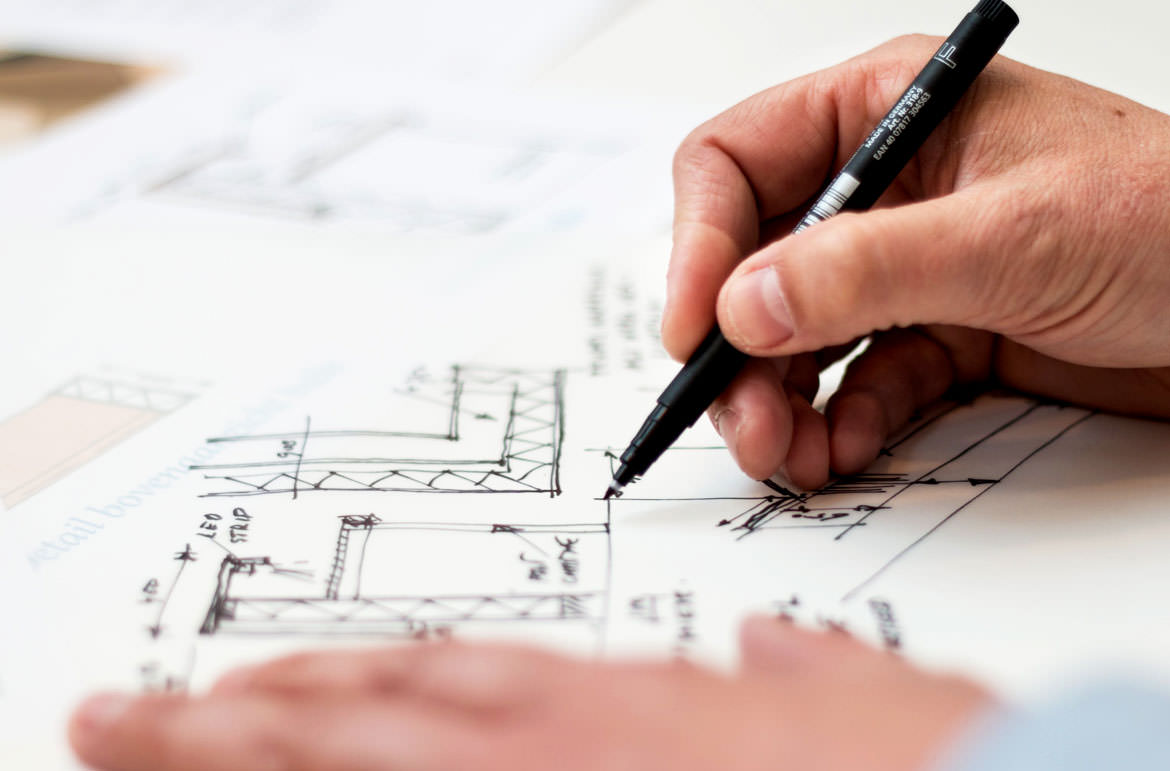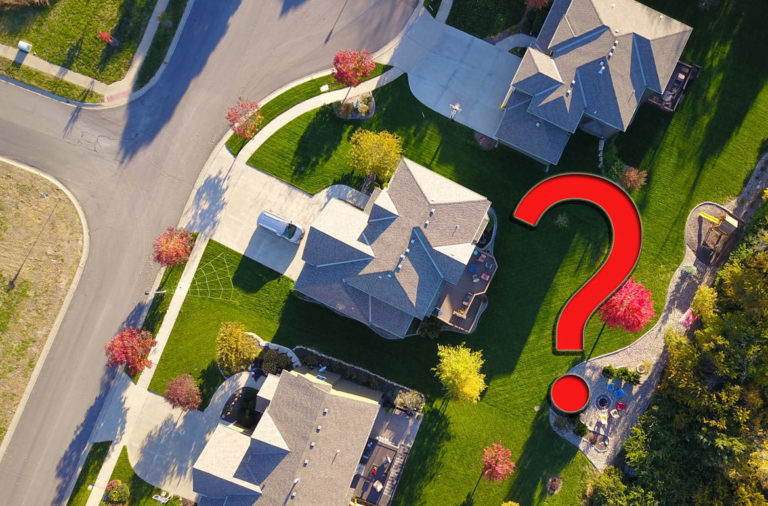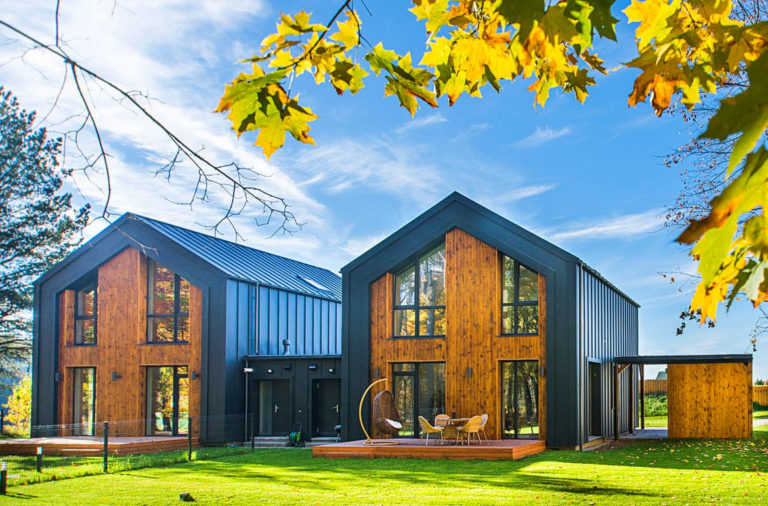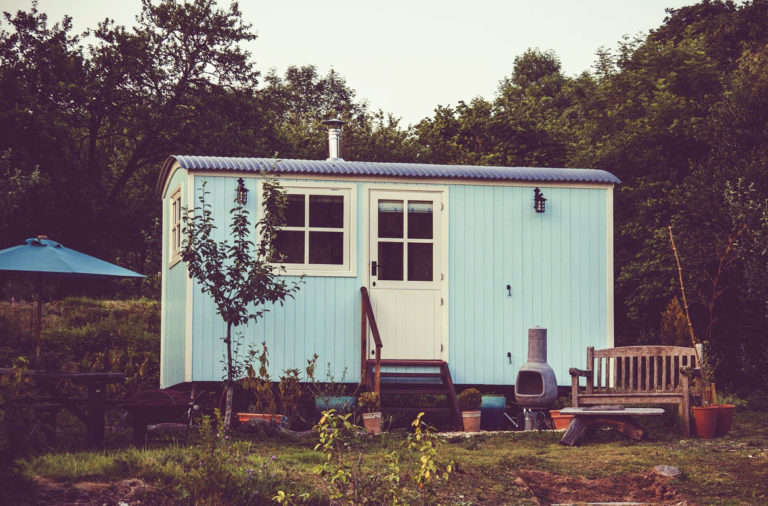
When you purchase a home you’re putting more thought into your current circumstances than your future requirements, so as a new homeowner you probably don’t think about whether you need extra space in the future and your options for creating it – such as, a granny flat versus an extension, what should you do?
An extension by-in-large will be cheaper. Especially if you need to feed plumbing, electricity and bring materials to a spot much further from the main dwelling. However it won’t provide the same opportunities I mention below.
What are the Costs Involved for an Extension Compared to a Granny Flat?
A typical granny flat costs on average between $110 000 – $200 000 in total to install, or less depending on your choices including the size, the inclusions, and the difficulty of your building site.
DON'T PAY A FORTUNE FOR YOUR GRANNY FLAT. Find out how to deal with council and build a granny flat for the lowest cost possible. Learn More.
It is even possible to build granny flat for under $50 000 – see our article “Granny Flat Under $50 000 – With Real Examples” to see exactly what this includes.
Different home extension projects will have different costs – for example, did you want to add another level to your home, or build a room above your garage, convert your basement into a guest room or add another room to your home?
Average building cost estimates for home extensions are listed below.
Single-storey extensions
Ground floor extensions can cost anywhere between $1350 – $2100 per square metre.
This cost varies depending on the design and materials you choose.
Two-storey extensions
If you want to add a second storey to your extension, add 50% to the cost of the single story extension – for example, if the single story extension costs $2100 per sqm, add another $1050 per sqm.
So, a rough estimate is that this project will cost around $3150 – $3200 per square metre.
Loft conversion
A loft conversion can be a little costly as you need to insulate the space, put in a secure floor and make other alterations in order to make the area liveable.
Generally, a loft conversion costs from $1500 -$2500 per sqm, depending on the amount of work required.
Build a conservatory
Conservatories have glass roofs, windows, and other similar fittings, which all add to the cost of the extension.
The materials you use must protect you from the harsh Australian sun and ensure you’re comfortable.
A conservatory is designed according to the surroundings, so you need to get a quote to get any idea of the cost – these vary largely, depending on the materials used, anywhere from $5000 – $30 000.
Basement or cellar conversion
Basement and cellar conversions can be extremely costly, especially those that involve excavation, as contractors need to be very careful to protect the housing above it to the best of their ability.
So, depending on the design, size and materials, these can cost anywhere between $250 000 – $500 000.
However, if you already have basement or cellar space, you can exclude the cost of excavation and reduce the price hugely.
In these circumstances, you may just need to spend $20 000 – $30 000 on small cosmetic changes, depending on the design and materials you choose.
Garage conversion
Garage conversions can be an affordable option – after all, it already has a roof, four walls, a solid floor and foundation, and all you need to do is make it more comfortable for it to be liveable.
These vary from $7 500 – $20 000, the price being based around the amount of the alterations and repairs – the more complicated the design, the higher in price.
Quotes
Keep in mind that these costs are all just averages – you’ll only get your true cost if you get a personalised quote.
This information is simply to provide you with an estimate for a budget – and you should also consider adding 10% on top of that budget, as unexpected costs can happen.
After all, costs that you may not have considered include;
- Heating and cooling
- Piping and gas extension
- Material costs – for example flooring
- Costs to hire a builder
- Roof installation
- Interior finishing – painting, accessories, furniture, etc.
- Council fees – building permits
- Insurance, taxes, etc.
So when you receive a quote, check to see that all relevant expenses are included and there will be no hidden costs.
Can an Extension Be a Better Investment?
In terms of seeing a financial return, a home extension is something that you must look at as a medium to long-term investment – roughly five or more years.
If you plan to stay in your home long term, it is likely that your home extension will become, in terms of financial profit, worth the investment.
However, although extensions add extra floor area to your home, and getting planning permission for them is relatively easy, they can take a while and are relatively messy and more costly than building a granny flat.
So a granny flat could actually be a better investment, and here’s why;
- It is a separate space for your needs – Granny flats offer all kinds of lifestyle benefits that a home extension doesn’t, because when you build a granny flat it is separate from the rest of the house, so offers space and peace to house family members, to work from home, or to use as a playroom or for a retreat for a child who can’t yet afford their own space.
- You can rent out your granny flat – This depends on your local council’s regulations, but if allowed you can take the opportunity to make money out of your investment and rent it out to tenants, family members, or even place it on a site such as Airbnb.
- Your home remains undisturbed – Granny flats are prefabricated buildings, that are delivered as a flatpack, so you and your home won’t be disturbed by too much of the building work, unlike an extension, which requires knocking down of internal walls, and builders walking around your personal belongings.
Can You Build An Extension Greater than 60sqm?
Short answer – yes.
This, as usual, depends on your land size and local council’s regulations, but common maximum ground floor extensions range up to 80sqm.
Remember, however, an extension costs more than just the cost of the extension, so consider all of the costs before you commit to the extension and decide whether you really need 80sqm or whether a smaller extension will do – a 60sqm extension can save you from $20 000 – $75 000, depending on the quality of your materials, and that can pay for the majority, if not all of the furnishings, curtains and other inclusions.
Can You Join a Granny Flat to Your Main House?
Yes – this is commonly known as an attached granny flat.
This is a building that is attached to your house – essentially, an extension of your existing home, joined by at least one wall.
However, I must point out that there can’t be an entry door between the main house and the granny flat – the granny flat must have it’s own entrance.
Can You Convert a Shed Into a Granny Flat?
Yes – this is one of the most affordable ways to build a granny flat – a DIY option.
Simply see our article “Can You Build Your Own Granny Flat?” for information on how to obtain an “owner-builder” license, and start building.
So, you either have an old unused shed in your backyard and want to convert it into a comfortable home – well, here are some suggestions and things to consider.
- Check the regulations with your local council – Whilst building a home from a shed is not unrestricted, there are specific standards and legal requirements that vary from council to council – in particular, the size of your shed will matter.
- You will need to make alterations to your shed – Sheds are classified as non-habitable buildings, and to transform it to a liveable space may require significant changes – once again, it is best to check with your local council as to what is required.
Building a living area out of your shed will likely require a floor plan, because you’ll need a bedroom, a living area, a kitchenette and bathroom, as well as replacing the wide doors that are not suitable for a home, and installing a window or two to provide natural lighting.
However, all this is worth it, because though the prices to build a shed home vary depending on the materials you choose, they are similar to the affordable price of a garage conversion – after all, a shed already has a roof, four walls, and a floor, so all you need to do is make it liveable.
Conclusion
Depending on how much space you are looking to add to your property, and whether you are looking to build upwards or create a separate property with privacy, both granny flats and home extensions have their own advantages.
However, financially, may be a better investment as they cost less and you can gain money back in a short period of time by renting it out, whereas a home extension is a long term investment.
I suggest you talk to your local council about their regulations and what is best suited for your property.












